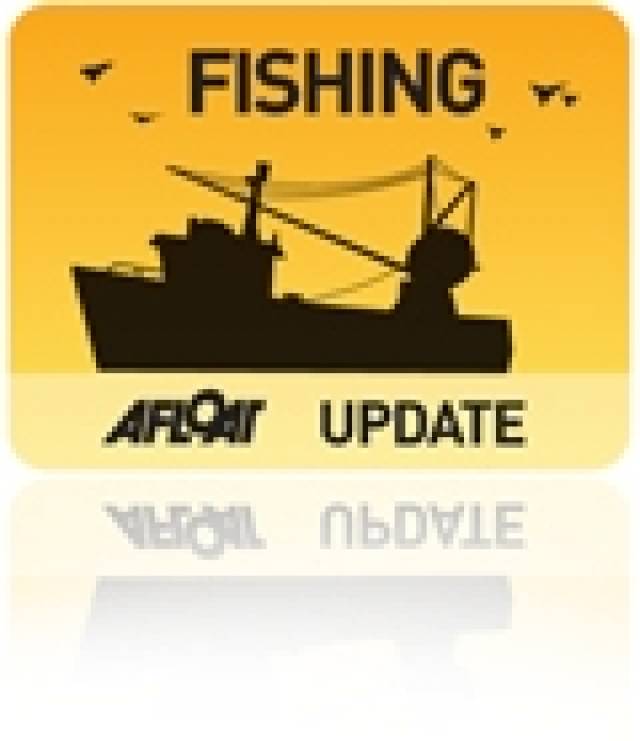#Aquaculture - Marine Minister Simon Coveney yesterday (12 June) launched a public consultation on a draft National Strategic Plan for Sustainable Aquaculture Development, proposing 24 actions and initiatives to boost the sustainable growth of aquaculture.
The reformed Common Fisheries Policy requires EU member states to prepare multi-annual national strategic plans to drive forward the sustainable development of aquaculture, and the draft plan launched this week has been prepared in that context.
Commenting on the plan, Minister Coveney said: “Aquaculture is a rapidly growing industry internationally with very rapid expansion opportunities identified over the coming decades to meet the ever growing seafood demand arising from population growth and increased consumption in Asia.
"Aquaculture internationally produced 67 million tonnes of farmed fish in 2012 and it is projected to increase to 85 million tonnes by 2022. That global projection to increase aquaculture production by 18 million tonnes by 2022, puts in context the proposals in the National Strategic Aquaculture Plan to increase Irish aquaculture production by 45,000 tonnes, across all species, by 2023.
"While the targets in the plan are ambitious in the context of the past performance of this industry nationally, they are modest in the context of the global expansion which this industry will experience over the next seven years.”
Minister Coveney added that “our aquaculture industry has long been recognised as an area with potential to grow significant value and employment and to sustainably provide the raw material to enhance our processed seafood exports. Clearly, that has not happened and there are many complex reasons for that.
"At the same time, concerns have been raised about the environmental sustainability of the industry. In this plan, I have sought to identify all of the issues affecting both the growth potential and sustainability of the aquaculture industry and I am proposing a suite of 24 tailored actions to boost sustainable growth, while allaying legitimate areas of concern.
"With these initiatives, I believe we can get our aquaculture sector back on a path of sustainable growth and provide much needed jobs in our coastal communities."
Actions proposed in the draft plan include the introduction of a set of guiding principles for the sustainable development of aquaculture, recommended to the minister by the Marine Institute, together with scale limits and phasing in relation to the development of individual offshore salmon farms, also recommended by the Marine Institute.
Other initiatives include a review of the regulatory framework for aquaculture licensing and associated administrative procedures, and financial supports to build capacity, foster knowledge, innovation and technology transfer and expert advice and training for aquaculture operators in business planning, disease management and environmental best practice.
Submissions on the draft plan and related environmental report and appropriate assessment are invited by 24 July 2015 to [email protected]. Relevant documents are available for download HERE.































































